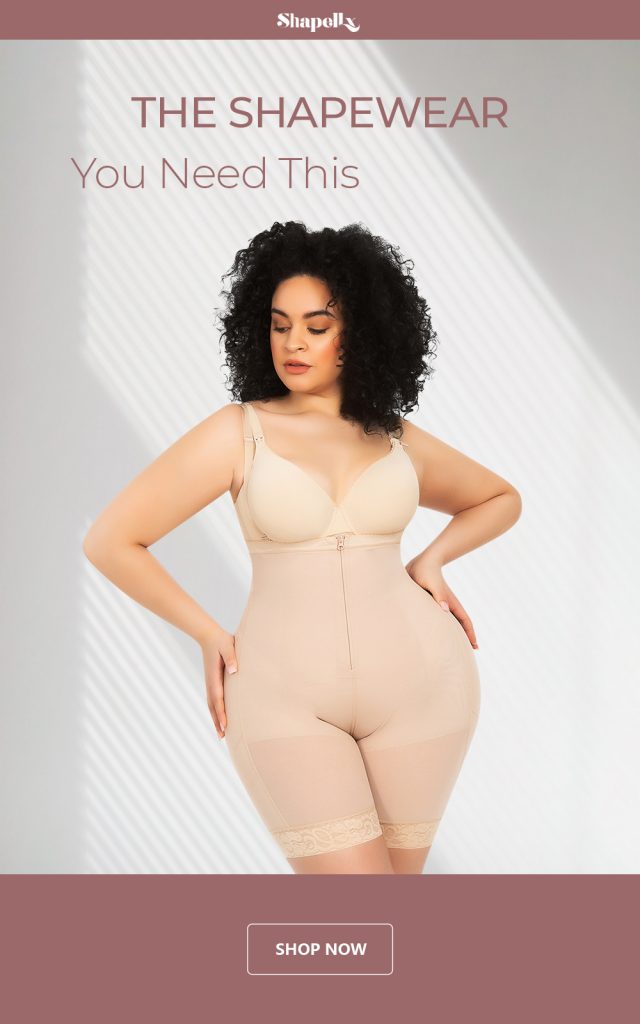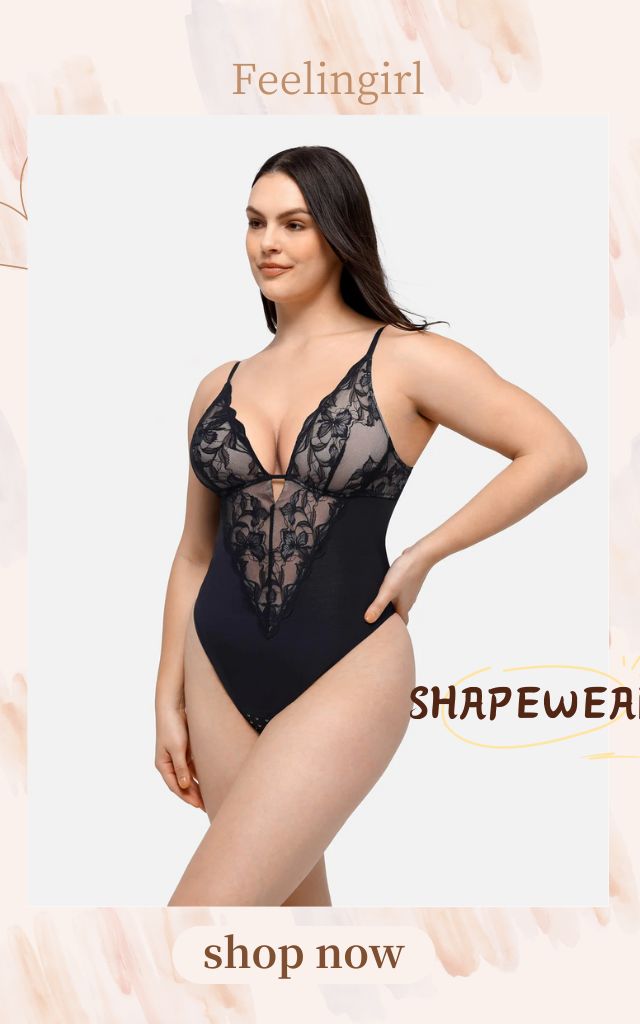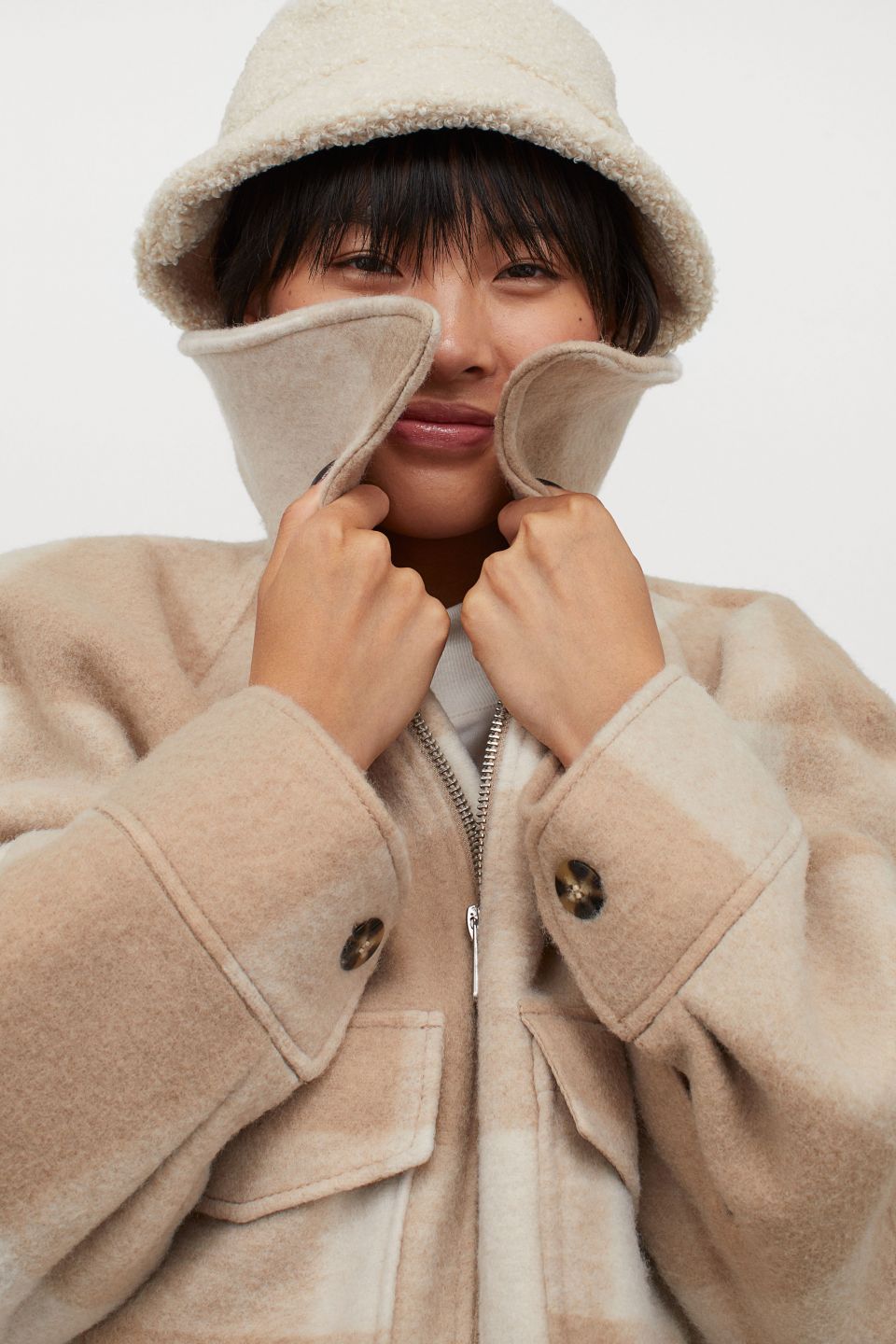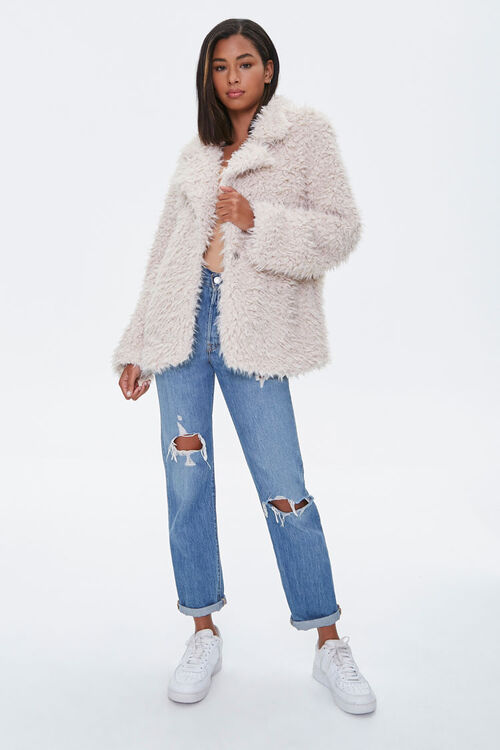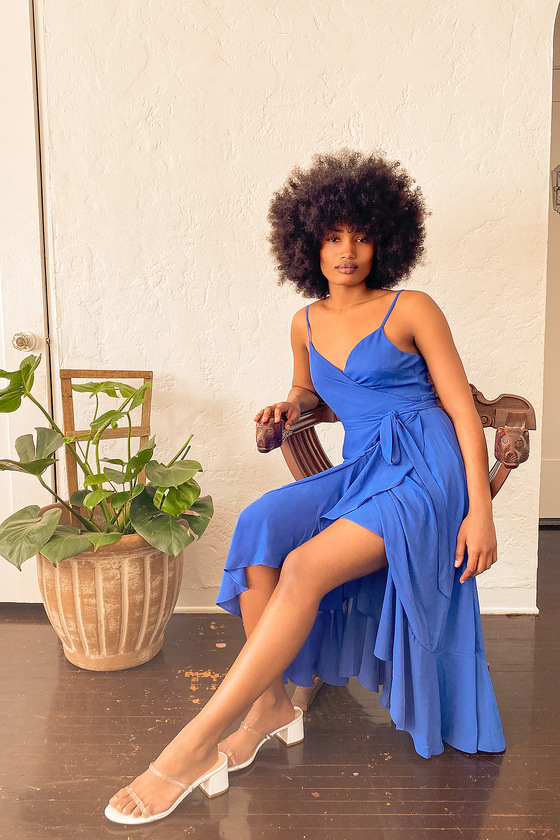Like many others, I have a complex relationship with my body and underwear. I feel that my skin is not suitable. I have always felt that my limbs, my breasts and my butt have been subjected to objective pity and subsequent attacks. Buying underwear seems to be a step in my female stage, I am not ready – I am not doing it for myself. I am staring at the garter, steel bra and thong to debate whether my boyfriend will want me more, if I am wrapped in silk and tortured me still in the arms of development.
I am not ready to celebrate my body, nor are I ready to regain any sex after being hurt too many times. Unless I feel pain, I feel disconnected from my body. The pain reminds me that I have meat, bones and blood. But decorating myself is only recently coming to me and I am only looking for underwear now so I feel that I respect myself.
Cora Harrington’s “In Intimate Detail” is a book I want to have when I buy practical underwear or other people’s fun. Over the years, Harrington’s website, The Lingerie Addict, has provided a space for beginners and lingerie enthusiasts, with important content about our skin every day. In her first book, she gave the reader a detailed world of content, no judgment, shame, and no idea that we wear it to “fix” our body.
Like her website, “In Intimate Detail” is thorough, thoughtful and inclusive. It provides tips for buying adhesives, if you add size, how to buy bras, after mastectomy/surgery, if your breasts are enlarged, or transgender women and non-dual people should know the first to buy them Bra. It is difficult to find information about underwear, including not only physical disabilities, but also transgender people. Harrington ensures that we have a space where we feel welcome, loved and celebrated.
The whole book feels like a treasure itself, Sandy Wirt’s watercolor art is an amazing sight, the page feels elegant and beautiful. Reading it feels like a luxurious experience, and our perception of underwear is expanded and enriched by Harrington’s rich knowledge and passion. Readers can fully understand the technical structure of the bra, help us identify which type is suitable for our breast shape and size, and we have the opportunity to learn more about the actual history of underwear, including early underwear used to be “open gusset” or flawless Because it is considered more hygienic and modest!
One of my favorite chapters is Harrington’s casual wear guide. Although buying bras and underwear always makes me feel uncomfortable, but vests, petticoats and pajamas are easier to understand, I really think I bought for myself rather than for others. One of my favorite historical facts from my introduction to pajamas is that pajamas (or pajamas) are everyday clothes from India that were later introduced to Europeans in the 17th century. In fact, Harrington elaborated that most casual wear was not invented by Europeans [insert shocked face].
I think my view of the underwear world, from bras to home clothes, if I read Harrington many years ago, I would be ashamed of wanting to feel sexy, I will feel very different. “Intimate details” offers more possibilities and expands our thinking about wearing pretty lingerie, not for others, not for being like others, but for expanding ourselves, making ourselves and ourselves Joy and happiness. Harrington personally wrote: “We often encourage ourselves to stick to the end. Put our needs, desires and wishes behind others. But underwear is a way of putting yourself first. This is a kind of care. Be yourself, be kind to yourself, and nourish yourself. You deserve to celebrate your body, like your underwear, and care for and pamper yourself with the best underwear you can afford.”
Related Posts
Be careful! Do not let a lingerie ruin your dateWith the temperature rise, more and more MM began to explore the new summer modeling tour, standing on the streets, looking ahead, the shape of the various Different exposed strapless, Tube Top skirt endless, do not take heavy like children. Xiao Bian wanted to ask your heart is not excited, impatient and impatient? But the design and then chic dress once took the wrong underwear, all your efforts will be turned into a bubble, did not have to discuss, for example, you can imagine sexy dew is a row of four rows of buckle, elegant Bra Skirt even with two eye-catching shoulder embarrassing picture? If you can not stand such a hypothesis, followed by Xiaobian together to see these apply to different styles of underwear recommended it Spring and summer non - slip invisible gathered underwear thin section of half a cup of no brackets invisible adjustable bra This non-shoulder strap non-slip bra can be said to be very practical inside a bra within the shape of Oh, the shape of the traditional underwear to bid farewell to the shoulder strap design, whether it is used to match the bra strap or harness are very suitable Oh, invisible No trace of the same time can also play the effect of gathering, exquisite lace weaving flowers, low-key even more noble Oh ~ coupled with human-oriented steel design more in line with the pursuit of modern health ~ No steel bra lace lace shoulder strap sexy beauty back underwear female summer small chest solid color thin section bra This lace bra also uses a trendless steel-free design, and its biggest bright spot lies in its unique butterfly shoulder strap design, used to match the front and back V shape dress are very nice Oh, plus a woman Full of lace design, light and sexy, with a strapless to wear can also give a different kind of visual experience Lace Bra female with a chest pad bottoming hollow beauty back underwear summer thin section no rims bra vest Like to wear a halter or sleeveless dress MM can not miss this one piece of ice silk bra Oh, in front of the use of comfortable cool ice silk fabric design, and the back is fresh and simple lace fringe design , With a halter, the exposed lace stripes can be used as a dotted Oh, with sleeveless clothes, but also can save the steps to wear wrapped chest Oh ~ love fitness MM buy when the sports vest also properly da! Europe and the United States thin cotton cup Shuxiang underwear sexy eyelash lace thin section bra suit People always love to say "want someone to love you, you have to know how to love yourself", and Xiao Bian feel that a woman is to know how to love themselves, to see her attitude towards underwear is enough. The so-called sexy, not the response to the expectations of others, but "inadvertently gestures, to please their own moments," and this lace bra suit will be able to meet your comfort and all the pursuit of sexy, looming lace design, Give you a kind of soul of the mysterious sense of Oh ~ Harness bracelet wrapped chest vest lace lace pure color anti-light underwear underwear summer This anti-emptied primer underwear is really not more suitable for use within the take, and delicate lace flower design, sexy and elegant, wide side design, to prevent the light at the same time can play the role of auxiliary milk, And beautiful, so high-value bra, even if used directly to take the sunscreen will not bring people to the unexpected feeling Wild invisible bra strap pull rope no trace bra the bride wedding dress silicone underwear dream In our daily life, perhaps the role of the chest paste is not so wide, but there are a lot of things not "to use when the side hate less" it, so Xiaobian that in the closet to prepare a what can take The chest paste is always wrong. And this novel strap style chest paste, not only bid farewell to the traditional bra monotonous style, but also help you gather bimodal concave feminine.
Your Sustainable Underwear Starter Pack We use clothes to express ourselves, but sometimes we wear…
-

